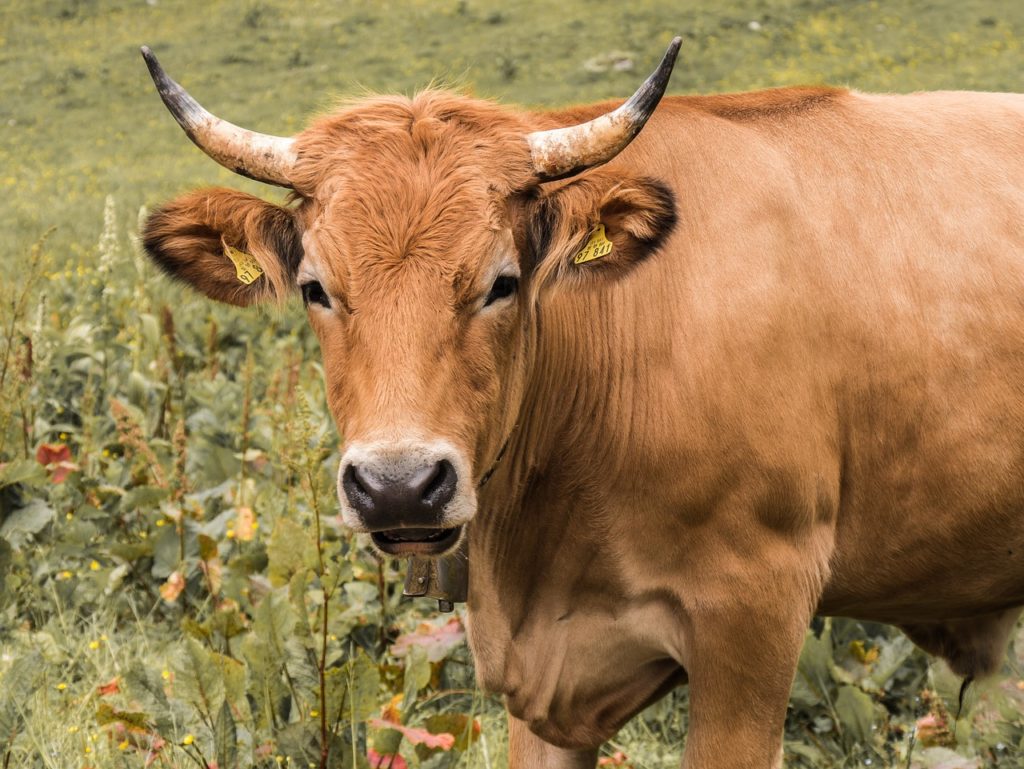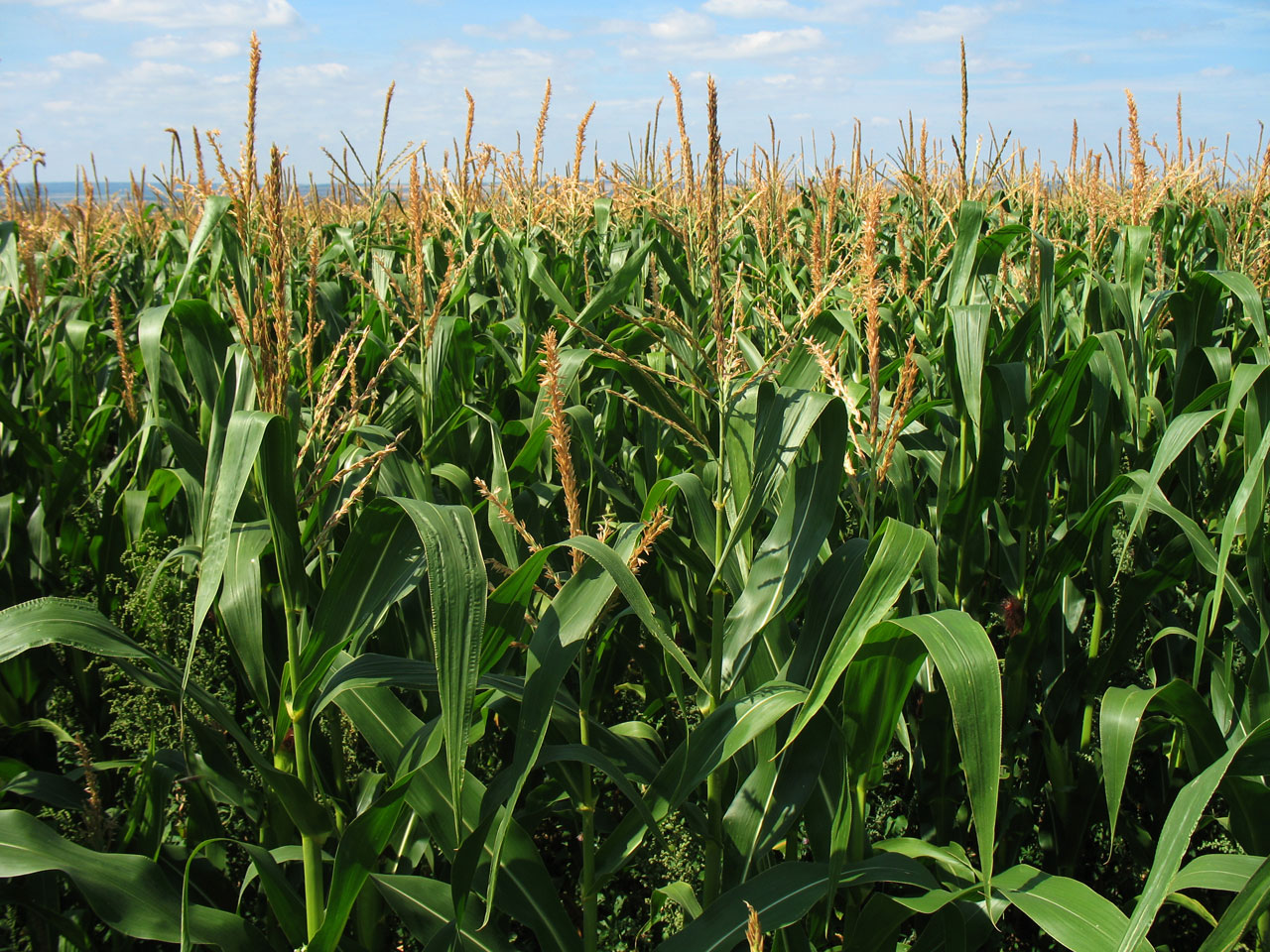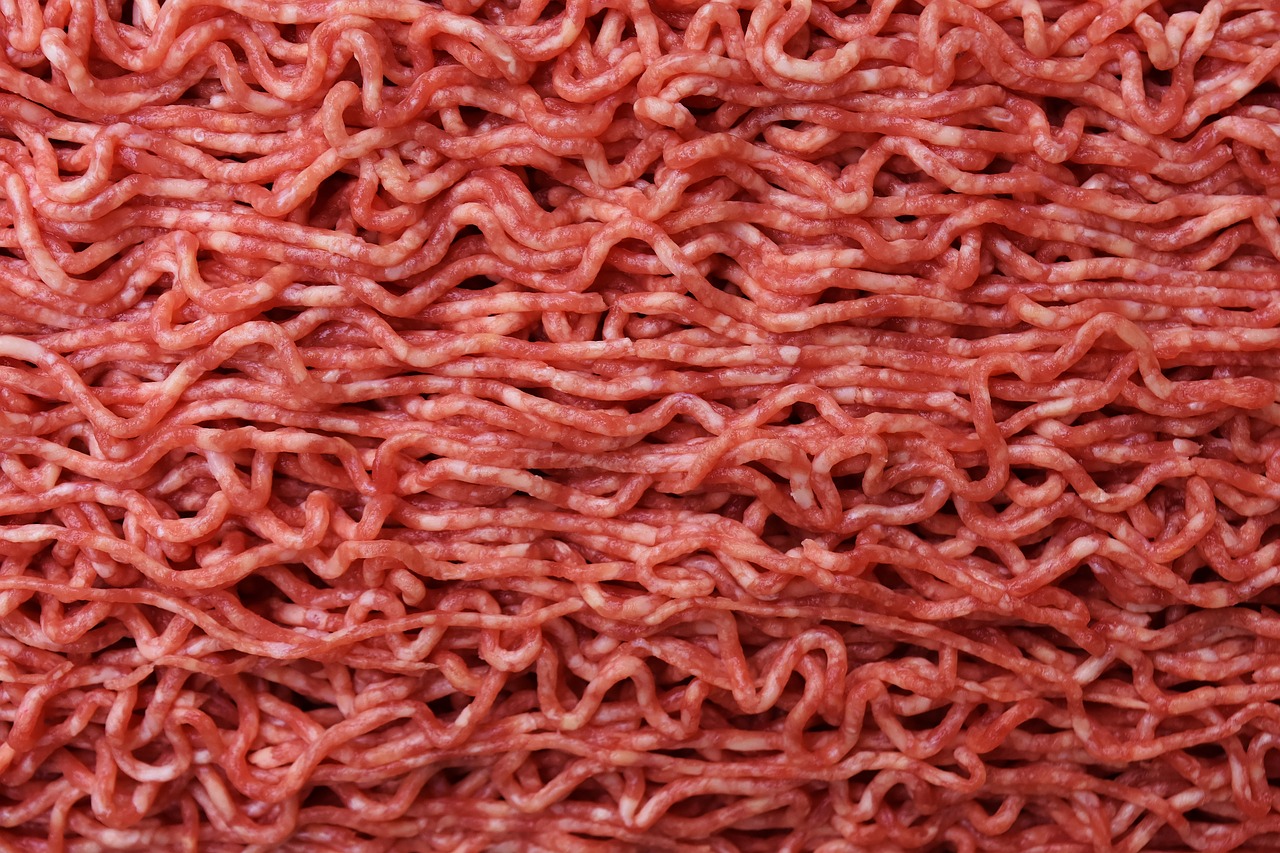Global trade gives consumers access to endless tastes and flavors from around the world and a boundless supply of meats and poultry at their local grocery store. But do consumers understand the real price of global consumption? And if they did, would they change their buying patterns? The manufacturing processes involved in food production are often complex with any given product seeing many stages before it makes its way to our grocery store shelves.
Researchers from the University of Technology Sydney and Duke University claim in their study published in Nature Climate Change that shoppers are largely unaware of the greenhouse gas emissions associated with the food they purchase.
It’s easy for us to satisfy our hunger through cooking technologies like microwaves, ovens, and toasters or even though delivery. While these technologies heighten short-term convenience for us, they can have long-term negative effects on the environment.
The study finds that if food retailers label their products indicating the amount of carbon emissions each food item generates, consumers would be willing to purchase meals and ingredients that are more environmentally friendly.
According to the study, the proportion of greenhouse gas emissions that can be attributed to food production and consuming habits is between 19 to 29 percent globally. This estimate includes all steps in the entire supply chain of a product such as fertilizing, farming, processing, exporting goods through transportation, household management, and waste.
Furthermore, the Climate Change, Agriculture and Food Security institution (CCAFS) states that livestock contributes to 14.5 percent of total greenhouse gas emissions globally. This makes the animal agriculture industry the largest contributor to emissions out of all food supply chains.
Beef and dairy cattle create the most damaging greenhouse gasses, resulting in 65 percent of the total 14.5 percent of emissions generated from livestock, according to the UN’s Food and Agriculture Organization. This is due to cattle being fed grain which is produced using fossil fuels. Another issue is the methane that cows produce in their digestive system which is released from their manure and further contributes to the accumulation of greenhouse gasses.
Furthermore, another food report called “Options for keeping the food system within environmental limits” also published by Nature claims that animal food processing makes up 72 to 78 percent of total agricultural emissions.
“Beef is more than 100 times as emissions-intensive as legumes,” said Marco Springmann from the University of Oxford, a co-author of the report.
“In today’s agricultural system, we grow plants to feed animals, which require all of those resources and inputs: land, water, fossil fuels, pesticides, herbicides and fertilizer to grow,” said Sharon Palmer, a registered dietitian nutritionist and plant-based food and sustainability expert. “And then we feed plants to animals and care for them over their lifetime, while they produce methane and manure.”
The University of Technology Sydney, and Duke University study further tested the knowledge of more than 1,000 consumers on 19 different food items and 18 different electrical food appliances. They asked consumers what level of carbon emissions each product was responsible for producing, and found that participants’ highly underestimated how much the two categories contributed to global warming.
“If you ask people to guess the difference between items such as beef and vegetable soup on the environment, they assume there is not much difference, but beef soup creates more than 10 times the amount of greenhouse gases than vegetable soup,” said Dr. Adrian Camilleri, lead author on the report.
Camilleri explains that consumers are often unaware of how the production of certain food items is causing negative effects on global warming, creating confusion with consumers as to what steps they should take in order to help create a more sustainable environment.
“This is a bit of a blind spot because if someone wants to reduce their greenhouse gas emissions, they might think to turn off the heater, drive less or fly less,” said Camilleri. “Very few people think to eat less beef.”
The university study further indicates that food retailers or manufacturers could create a mandate to implement logos on food items modeled after the EnerGuide labeling used on mechanical equipment.
The purpose of this would be to measure the carbon footprint the food item generates, and expose that carbon footprint to consumers, giving shoppers better insight and opportunity to eat food products with less detrimental effects on the environment.
In testing an example of these labels on 120 participants, the researchers found the results were positive. According to the study, more consumers bought vegetable soup as opposed to beef when the carbon footprint labeling was included on the packaging.
In order to limit climate change in 2019, studies are showing that consumers can help by substituting some of their meat protein with a diet that contains plant and nut-based alternatives as well as buying food produced locally.
“Research consistently shows that drastically reducing animal food intake and mostly eating plant foods is one of the most powerful things you can do to reduce your impact on the planet over your lifetime, in terms of energy required, land used, greenhouse gas emissions, water use and pollutants produced,” Springmann states.
Although completely cutting out meats is not an ideal option for everyone, food experts are saying that a flexitarian diet makes for a healthy alternative that has less of a drastic impact on your body. Opting for animal protein that results in fewer carbon emissions, like eggs, fish, and poultry, followed by an abundant amount of fruits, vegetables and plant-based protein, could be a feasible alternative. According to Springmann, this option “is the least stringent that is both healthy and would reduce greenhouse gas emissions enough for us to stay within environmental limits.”
Springmann’s environmental food study further states, daily consumption of processed food and red meats could result to negative environmental effects increasing by 50 to 90 percent in the food industry by the year 2050. With plant-based protein being a prominent food trend, it could be possible for consumers to help prevent climate change by choosing products which create fewer carbon emissions.












Join or login to leave a comment
JOIN LOGIN